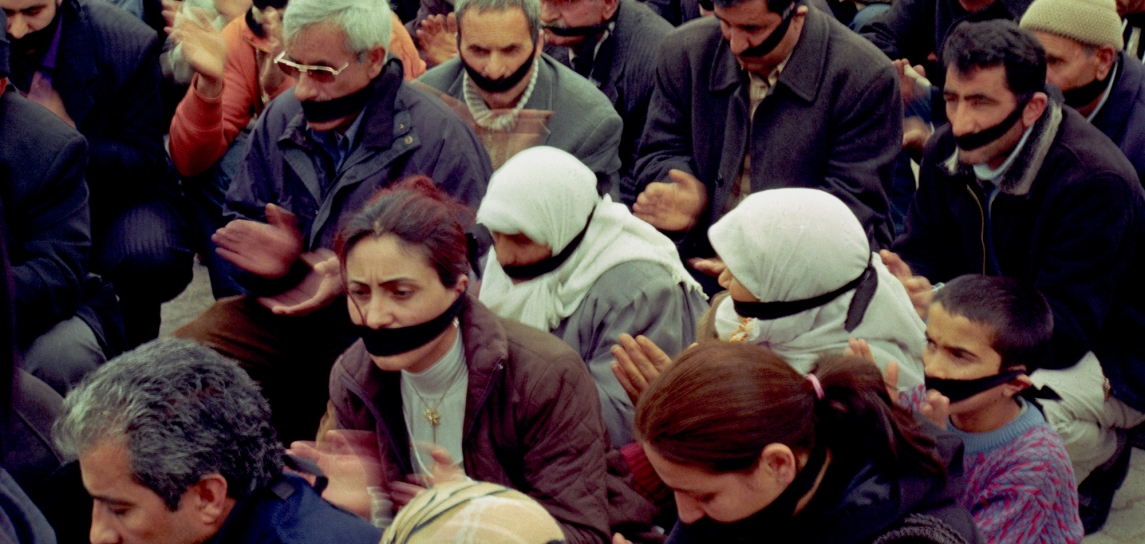Urban Evolution in Iranian Kurdistan during the Early Modern Era
Shift from Mountain Strongholds to Flatland Cities
Lecture by Professor Akihiko Yamaguchi (Sophia University, Tokyo)
online, via Zoom platform, in English
https://us02web.zoom.us/j/81478603922?pwd=T2cvb2o3aVhTTTh1QlgvTUplL25Zdz09
During the late Safavid period, several major Kurdish cities in Iran, including Mahabad, Sanandaj, and Kermanshah, were either constructed or rebuilt. Prior to this period, Kurdish amirs in southeastern Kurdistan predominantly maintained their fortresses on mountaintops. However, various factors, including the centralization of the Safavid government, prompted a transformative shift in the mid-seventeenth century when they began establishing their capitals on the plains. This strategic change played a pivotal role in the political integration of the Kurdish region into Iran. This presentation will primarily focus on Sanandaj among these cities and aims to delve into the historical background, influencing factors, and the intricate process of urban development in Kurdistan under Safavid rule.
Akihiko Yamaguchi is professor of history of the Middle East in the Faculty of Global Studies at Sophia University. He obtained his PhD in history from the École Pratique des Hautes Études in Paris and, after teaching history of the Middle East for nineteen years at the University of the Sacred Heart in Tokyo, he joined Sophia University in 2020. Professor Yamaguchi focuses primarily on the history of Iran and the Ottoman Empire from the 16th to early 20th centuries, with a special attention to minorities and peripheries. He is particularly interested in aspects of the relations between the Kurdish regions and the central government during the time period. His research interests include ethnic identity in the premodern times, urban-rural relations, and center-periphery relations in the Middle East. He is also at present working on a book project dealing with the history of Iranian Kurdistan during the Safavid period.
Lecture by Professor Akihiko Yamaguchi (Sophia University, Tokyo)
online, via Zoom platform, in English
https://us02web.zoom.us/j/81478603922?pwd=T2cvb2o3aVhTTTh1QlgvTUplL25Zdz09
During the late Safavid period, several major Kurdish cities in Iran, including Mahabad, Sanandaj, and Kermanshah, were either constructed or rebuilt. Prior to this period, Kurdish amirs in southeastern Kurdistan predominantly maintained their fortresses on mountaintops. However, various factors, including the centralization of the Safavid government, prompted a transformative shift in the mid-seventeenth century when they began establishing their capitals on the plains. This strategic change played a pivotal role in the political integration of the Kurdish region into Iran. This presentation will primarily focus on Sanandaj among these cities and aims to delve into the historical background, influencing factors, and the intricate process of urban development in Kurdistan under Safavid rule.
Akihiko Yamaguchi is professor of history of the Middle East in the Faculty of Global Studies at Sophia University. He obtained his PhD in history from the École Pratique des Hautes Études in Paris and, after teaching history of the Middle East for nineteen years at the University of the Sacred Heart in Tokyo, he joined Sophia University in 2020. Professor Yamaguchi focuses primarily on the history of Iran and the Ottoman Empire from the 16th to early 20th centuries, with a special attention to minorities and peripheries. He is particularly interested in aspects of the relations between the Kurdish regions and the central government during the time period. His research interests include ethnic identity in the premodern times, urban-rural relations, and center-periphery relations in the Middle East. He is also at present working on a book project dealing with the history of Iranian Kurdistan during the Safavid period.
